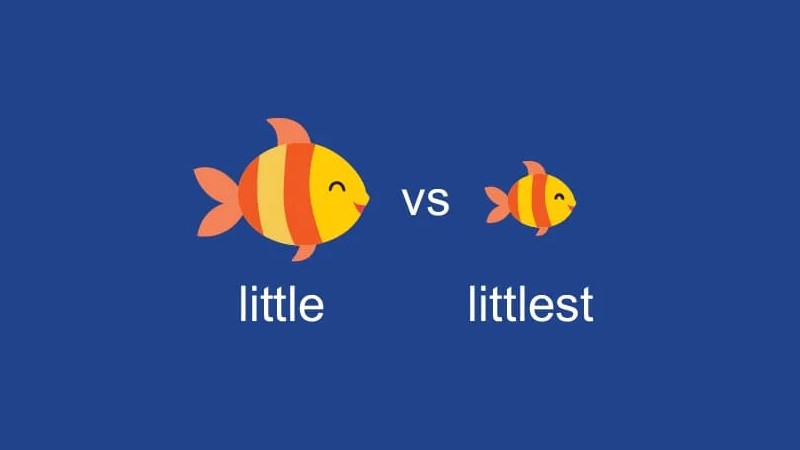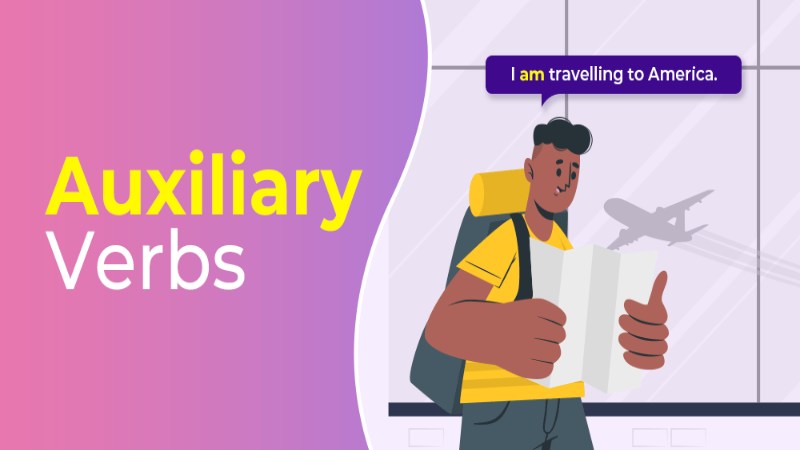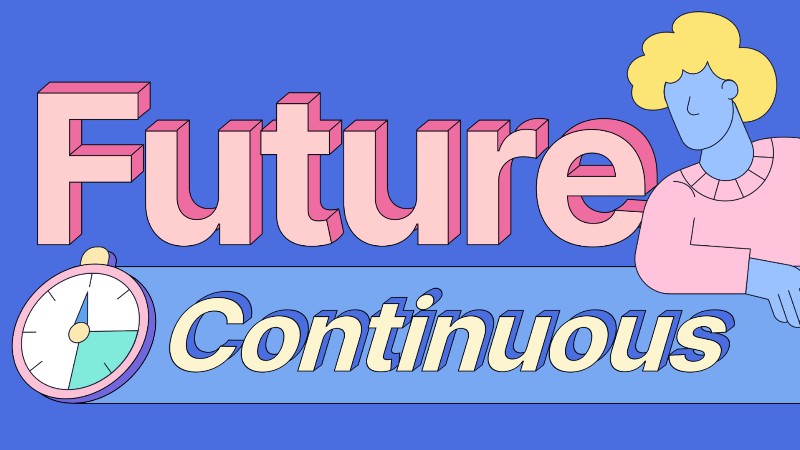
| 单音节 + er/-est | old -> older ->the oldest cheap -> cheaper ->the cheapest high -> higher->the highest |
| 单音节字尾是 辅音+短元音+辅音, 重复字母加法 + er/-est | hot -> hotter ->the hottest big -> bigger -> the biggest thin -> thinner -> the thinnest |
| 双音节字尾是 y,去 y 加 ier/-iest | healthy -> healthier -> the healthiest happy -> happier -> the happiest noisy -> noisier -> the noisiest |
| 双音节或多音节,前面加 more/most + adj | famous -> more famous -> the most famous generous -> more generous -> the most generous |
| 不规则形容词 | good -> better -> the best bad -> worse -> the worst far -> further -> the furthest |
比较三件或三件以上的事情
形容词或副词的最高级形式可以用来比较三件或三件以上的事情。
Roy and his best friend run on the track team, but Roy is much faster. Roy和他最好的朋友在田径队跑步,但Roy跑得更快。
Roy and his friends run on the track team, but Roy is the fastest. Roy和他的朋友们在田径队跑步,但Roy跑得最快。
the best in 的形式
在最高级后面,在地名或关于一群人的单词(class, school, team, family 等) 前面加 in。
China is the largest country in Asia. 中国是亚洲最大的国家。
She is the most beautiful child in the family. 她是家里最漂亮的孩子。
He’s the wealthiest man in the world. (不能说of the world) 他是世界上最富有的人。
最高级形式搭配 the / my / John’s 的用法
在最高级前面我们通常会用 the 或所有格形容词 (my, your, his, 等)或名词 + 所有者’s (Paul’s, Elisabeth’s,等)
She is the prettiest. 她是最漂亮的。
This is your most expensive bag. 这是你最贵的包。
This is Jenna’s best bag. 这是珍娜最好的包。
形容词的最高级 – 练习题



Comments